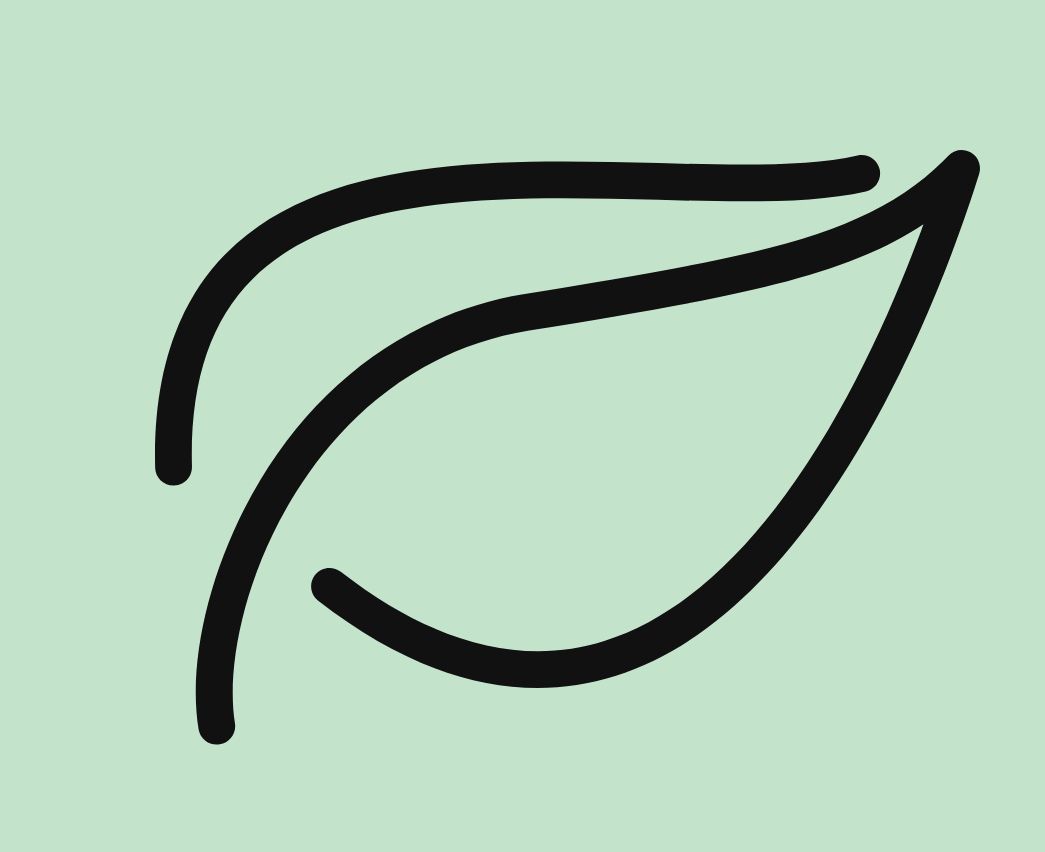Electroconvulsive therapy (ECT) and Transcranial magnetic stimulation (TMS) are brain stimulation therapies. They are a treatment that uses electrical or magnetic energy to stimulate or inhibit neural activity in the brain. TMS or ECT can be used to treat a variety of psychiatric disorders, including major depression, anxiety, and bipolar disorder.
The most common form of brain stimulation is electroconvulsive therapy (ECT), which has been used to treat psychiatric conditions for over 70 years. Transcranial magnetic stimulation (TMS) is another form of brain stimulation that uses magnetism to stimulate brain activity. TMS is newer and less studied than ECT, but it has shown promising results in treating conditions like major depression and anxiety.
ECT and TMS are typically used as a last resort when other treatments have failed, and certain symptoms being experienced are ‘treatment resistant. Typically, talk therapy and medication are trialled prior to TMS or ECT being used.
This post will cover the differences between TMS and ECT, their efficacy, the conditions for which it may be effective, possible side effects, and funding processes.

How Does TMS and ECT Work?
Brain stimulation works by altering brain activity in a way that improves symptoms.
The exact mechanisms by which brain stimulation produces these effects are not fully understood, but it is thought to involve changes in neurotransmitter levels and brain circuitry.
Brain stimulation is a safe and effective treatment for many psychological conditions, but more research is needed to understand its full potential.
The Difference between TMS and ECT
Electroconvulsive Therapy
ECT is a type of brain stimulation therapy that has been used for decades to treat severe mental illness. It involves passing an electrical current through the brain, which can temporarily alter neural activity.
An ECT administration involves;
- An anesthetist administering general anesthetic.
- Electrical signals are then delivered to specific regions of the brain for a few seconds.
- The electrical signals will induce a brief seizure lasting up to 90 seconds.
- The seizure acts as a form of ‘reset’ to the brain. This reset results in the brain returning to ‘normal’ levels of functioning.
ECT is most commonly used to treat severe depression. However, it can also be used to treat other mental illnesses, such as schizophrenia and bipolar disorder. The efficacy of ECT in treating these conditions is well-established, and it is considered to be safe and effective.
Transcranial Magnetic Stimulation
TMS, or transcranial magnetic stimulation, is another type of brain stimulation therapy. This treatment is a newer type of brain stimulation therapy that uses magnetic fields to stimulate neural activity in the brain, rather than electrical. TMS is a non-invasive procedure and does not require a general anesthetic. A procedure typically involves;
- Placing a magnetic coil at a specific part of the skull.
- Administering magnetic stimulation at a certain frequency and amplitude (depending on the specific condition being treated and the individual)
- Lasts between a few minutes, up to half an hour.

TMS is typically used to treat depression, but it can also be used to treat other mental illnesses, such as anxiety and OCD.
Deep Brain Stimulation (DBS)
It’s important to note that whilst it is not within the scope of this post, deep brain stimulation (DBS) is another form of brain stimulation.
Briefly, DBS is a surgical procedure used to treat a number of neurological conditions, including Parkinson’s disease, essential tremor, dystonia and chronic pain. The surgery involves the implantation of electrodes into specific areas of the brain. These electrodes are then connected to a device that delivers electrical impulses to the brain.
DBS is different from TMS and ECT in that it is a more permanent treatment option.
Whilst DBS is another form of brain stimulation, it is mainly used for neurological conditions, whereas TMS and ECT can be used for psychological conditions.
Invasiveness and Impact
The ECT treatment is much more complex and requires the use of general anesthesia, usually in a hospital. However, TMS can take place in a doctors office or medical clinic.
Further, ECT requires a general anesthetic whilst TMS can be administered whilst you’re awake.

The Success Differences between TMS and ECT
Both ECT and TMS are considered to be safe and effective treatments for mental illness. However, the success rate for ECT for depression is between 70 to 85%. The success rate for TMS is initially 80-85%.
Importantly, TMS may require maintenance treatment sessions to improve full remission. Otherwise, depression symptoms may persist and the overall efficacy can reduce to 60%.
What are the possible side effects?
Whilst both ECT and TMS are effective, they both have potential side effects. These side effects can include but are not limited to;
- headaches
- skin discomfort
- nausea
- dizziness
- fatigue
Rare side effects can include;
- Hearing Loss
- Mania
- Seizures
It is important to discuss the risks and benefits of these treatments with a qualified mental health professional before starting treatment.
Conclusion of The Difference between TMS and ECT
TMS and ECT are two types of brain stimulation therapies used to treat a variety of mental health conditions.
ECT is the older, more established treatment, while TMS is a newer treatment that has been growing in popularity in recent years.
Both treatments have their pros and cons, and it can be difficult to decide which one is the best option for a particular person. In this post, we will explore the differences between TMS and ECT in order to help you make an informed decision about which treatment is right for you.
